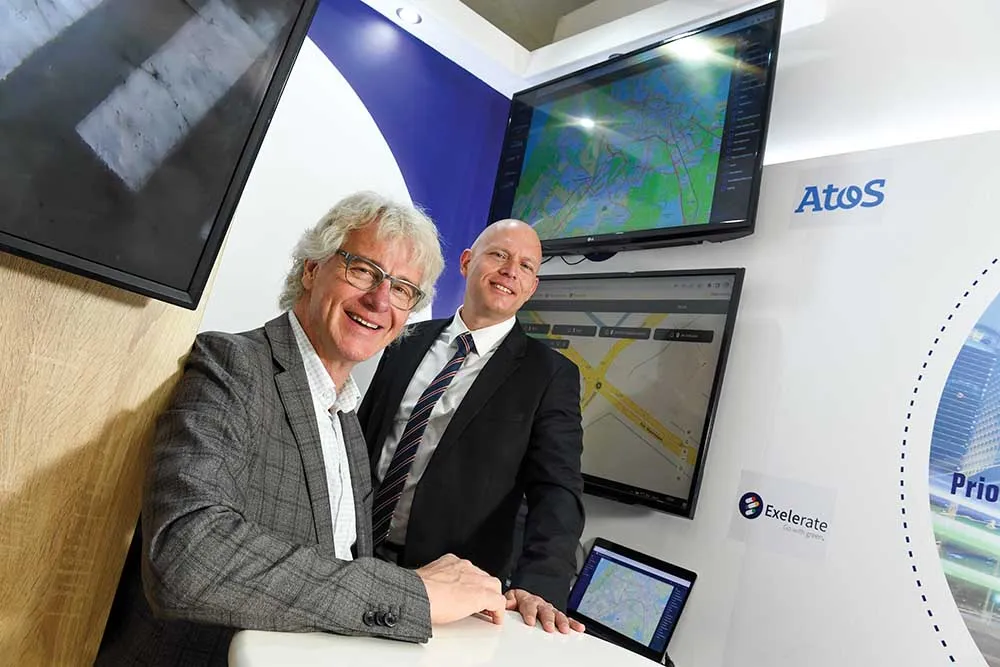McCain has released a new major version upgrade to the QuicNet Pro 2.0 central control software, an advanced software system that provides traffic control from a central location. It allows entire transportation networks to be monitored and optimised from a single platform and currently operates in over 40,000 intersections worldwide. Enhancements to the latest release include extensive 24/7 data collection and easy-to-read charts, allowing quick identification of trends, resulting in cost reduction and imp
January 31, 2012
Read time: 1 min

QuicNet Pro also supports QuicTrac adaptive signal control, offering traffic signal coordination along a corridor based on prevailing conditions, yielding smooth, balanced traffic flow and enhanced arterial performance.







